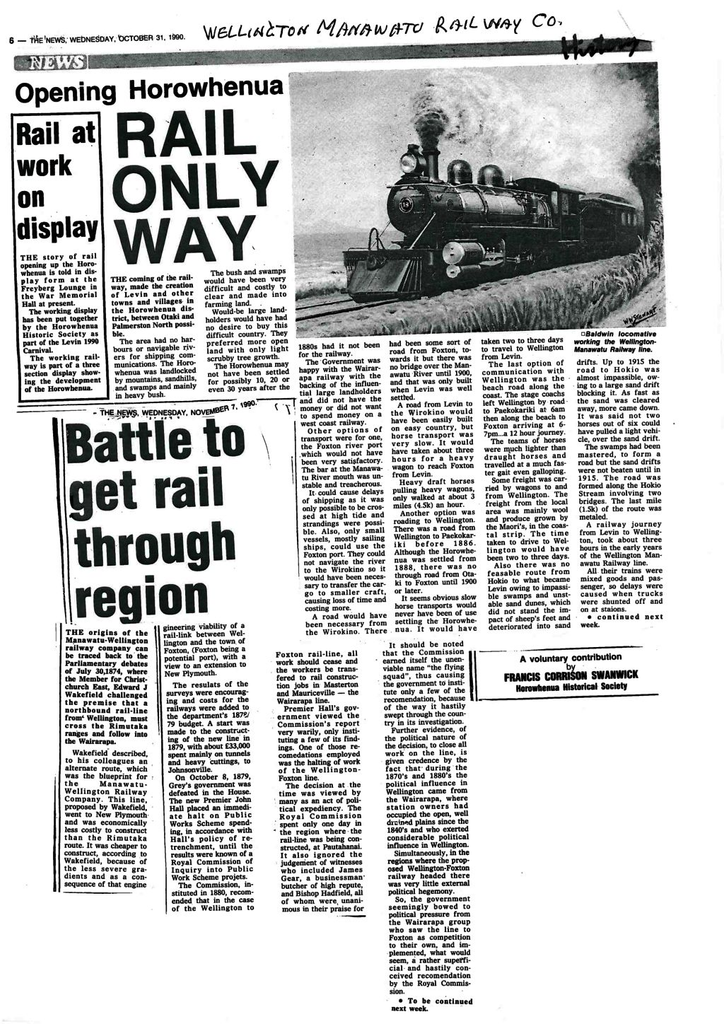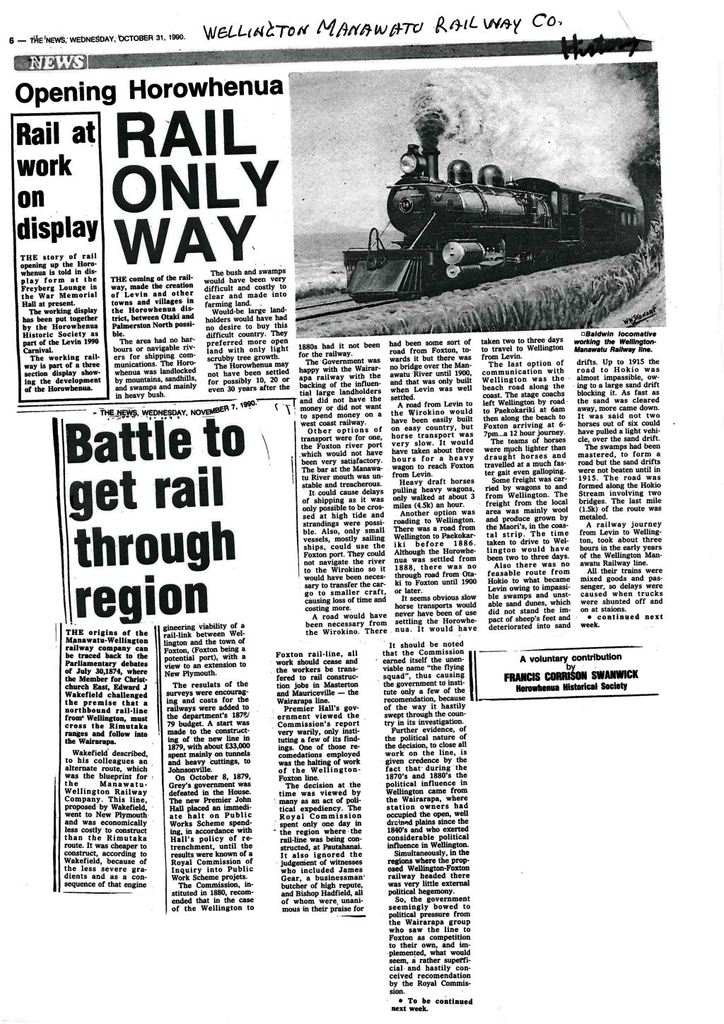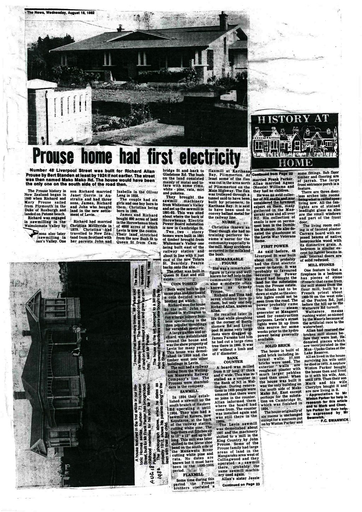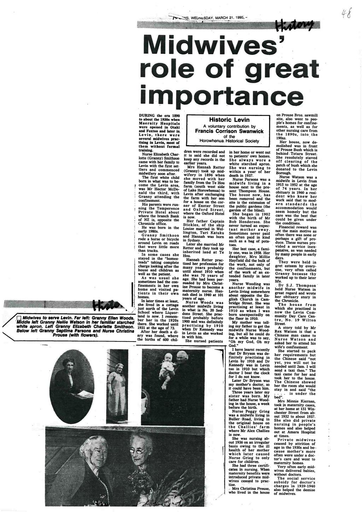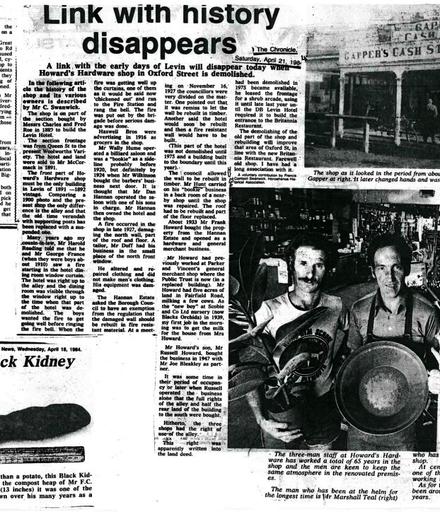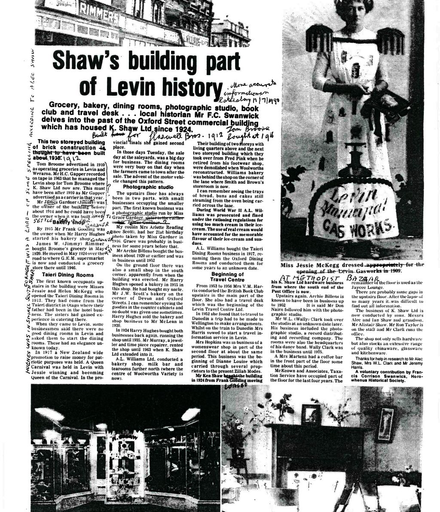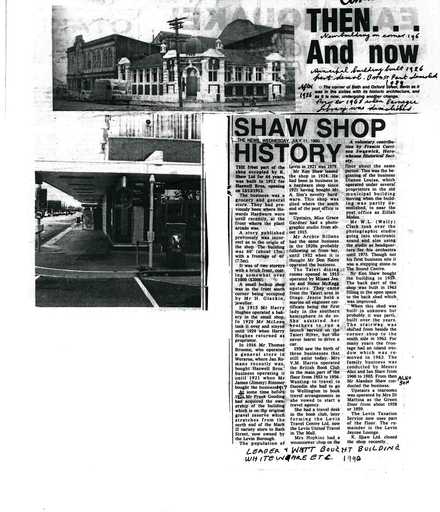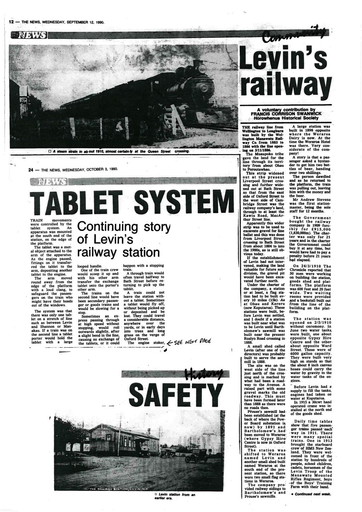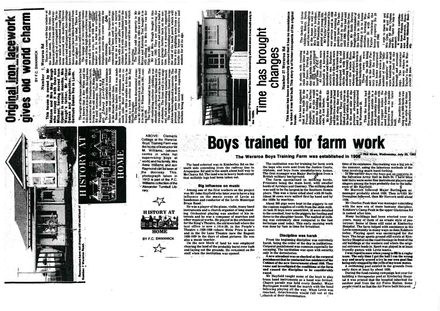Wakefield described to his colleagues an alternative route, which was the blueprint for the Manawatu-Wellington Railway Company. This line, proposed by Wakefield, went to New Plymouth and was economically less costly to construct than the Rimutaka route. It was cheaper to construct, according to Wakefield, because of the less severe gradients and as a consequence of that engineering viability of a rail-link between Wellington and the town of Foxton (Foxton being a potential port), with a view to an extension to New Plymouth.
The results of the surveys were encouraging and costs for the railways were added to the department’s 1878/79 budget. A start was made to the constructing of the new line in 1879, with about £33,000 spent mainly on tunnels and heavy cuttings, to Johnsonville.
On October 8, 1879, Grey’s government was defeated in the House. The new Premier John Hall placed an immediate halt on Public Works Scheme spending, in accordance with Hall’s policy of retrenchment, until the results were known of a Royal Commission of Inquiry into Public Work Scheme projects.
The Commission, instituted in 1880, recommended that in the case of the Wellington to Foxton rail-line, all work should cease and the workers be transferred to rail construction jobs in Masterton and Mauriceville – the Wairarapa line.
Premier Hall’s government viewed the Commission’s report very warily, only instituting a few of its findings. One of those recommendations was the halting of work of the Wellington – Foxton line.
The decision at the time was viewed by many as an act of political expediency. The Royal Commission spent only one day in the region where the rail-line was being constructed at Pauahatanui. It also ignored the judgment of witnesses who included James Gear, a businessman butcher of high repute, and Bishop Hadfield, all of who were unanimous in their praise for it.
It should be noted that the Commission earned itself the unenviable name “the flying squad”, thus causing the government to institute only a few of the recommendations, because of the way it hastily swept through the country in its investigation.
Further evidence, of the political nature of the decision, to close all work on the line, is given credence by the fact that during the 1870’s and 1880’s the political influence in Wellington came from the Wairarapa, where station owners had occupied the open, well drained plains since the 1840’s and who exerted considerable political influence in Wellington.
Simultaneously, in the regions where the proposed Wellington – Foxton railway headed there was very little external political hegemony.
So, the government seemingly bowed to political pressure from the Wairarapa group who saw the line to Foxton as competition to their own, and implemented, what would seem, a rather superficial and hastily conceived recommendation by Royal Commission.

